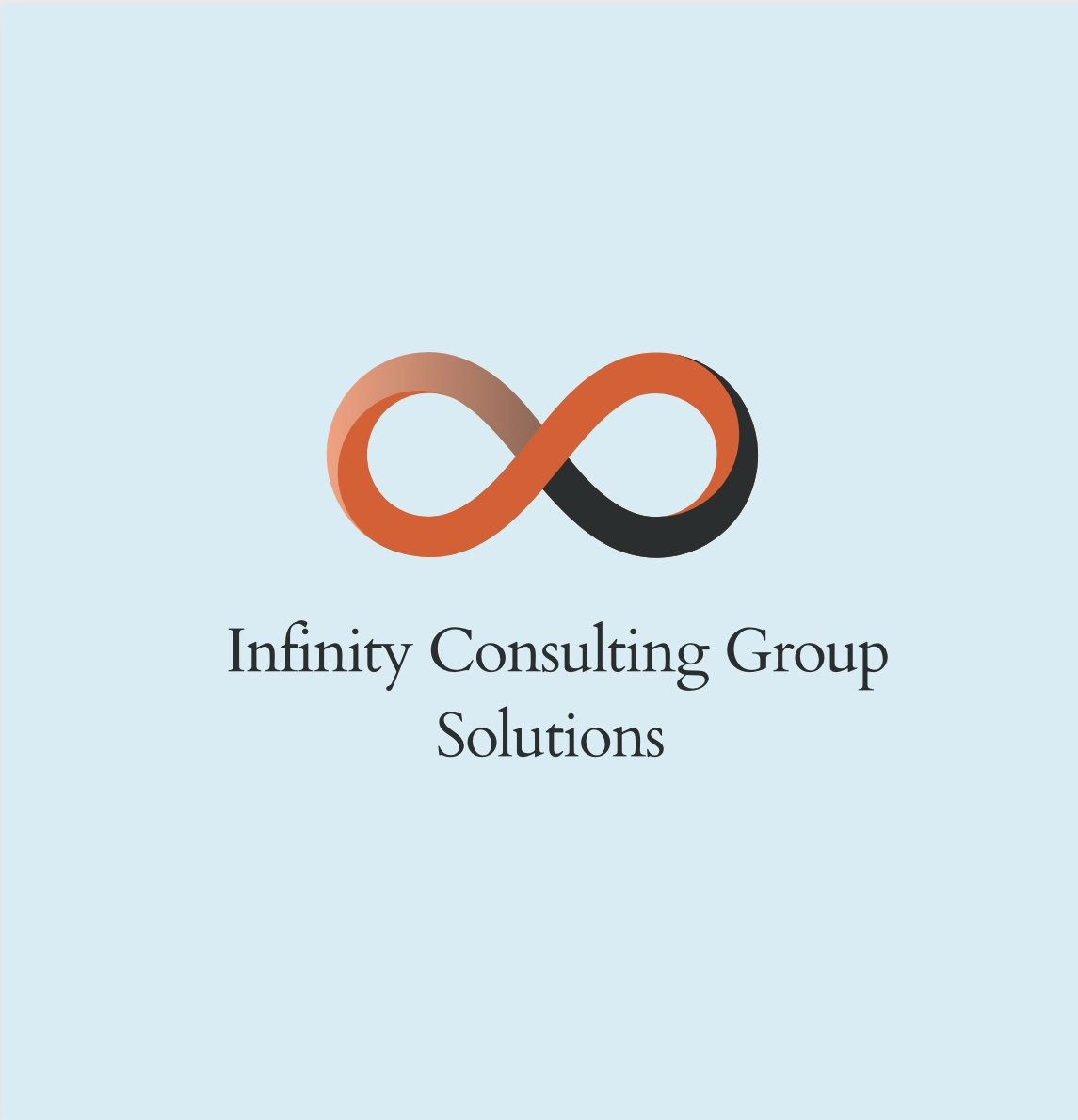Strategic Sourcing Starts With the Right Data—Here’s What to Look For
Bad data leads to bad sourcing decisions. Without the right insights, companies overpay suppliers, miss cost-saving opportunities, and expose themselves to unnecessary risk. Strategic sourcing starts with accurate, relevant data—because you can’t negotiate effectively if you don’t know what you’re working with.
So, what data should you be tracking?
1. Total Spend Visibility
You can’t optimize sourcing if you don’t know where your money is going. A complete picture of company-wide spend helps identify cost-saving opportunities and supplier consolidation options.
🔹 Spend by category – What percentage of your budget goes to direct vs. indirect spend?
🔹 Spend by supplier – Are you too dependent on a handful of vendors?
🔹 Off-contract vs. on-contract spend – Are employees bypassing preferred suppliers?
2. Supplier Performance Metrics
Not all suppliers are created equal. Tracking supplier performance helps you make data-driven decisions about who to keep, who to renegotiate with, and who to replace.
🔹 On-time delivery rates – How reliable are your suppliers in meeting deadlines?
🔹 Quality control metrics – Are defective products or service issues costing your company money?
🔹 Contract compliance – Are suppliers meeting agreed-upon pricing, terms, and service levels?
3. Cost Drivers and Market Trends
Sourcing isn’t just about cost-cutting—it’s about understanding the factors driving price changes and negotiating accordingly.
🔹 Raw material price fluctuations – Are suppliers passing unnecessary costs onto you?
🔹 Supply chain disruptions – How does geopolitical or economic instability impact pricing?
🔹 Industry benchmarks – Are you paying market-competitive rates for goods and services?
4. Risk Exposure
Ignoring supplier risk can lead to unexpected disruptions, compliance violations, and financial losses.
🔹 Supplier financial health – Can they sustain operations long-term, or are they at risk of bankruptcy?
🔹 Geopolitical risks – Do your key suppliers operate in unstable regions?
🔹 Regulatory compliance – Are you sourcing from vendors that meet industry and legal standards?
5. Contract Terms and Renewal Cycles
Many companies lose money simply by not renegotiating supplier contracts in time. Keeping track of contract expiration dates and renewal terms can lead to better deals and cost savings.
🔹 Contract expiration dates – Avoid auto-renewals that lock you into outdated pricing.
🔹 Volume discounts – Are you leveraging your full purchasing power across business units?
🔹 Supplier exclusivity clauses – Are contract terms limiting your flexibility to source competitively?
Turn Data Into Smarter Sourcing Decisions
Data-driven sourcing isn’t just about collecting numbers—it’s about using insights to improve supplier negotiations, reduce costs, and minimize risk.
At Infinity Consulting Group Solutions, we help companies implement strategic sourcing frameworks that leverage the right data for better decision-making.

